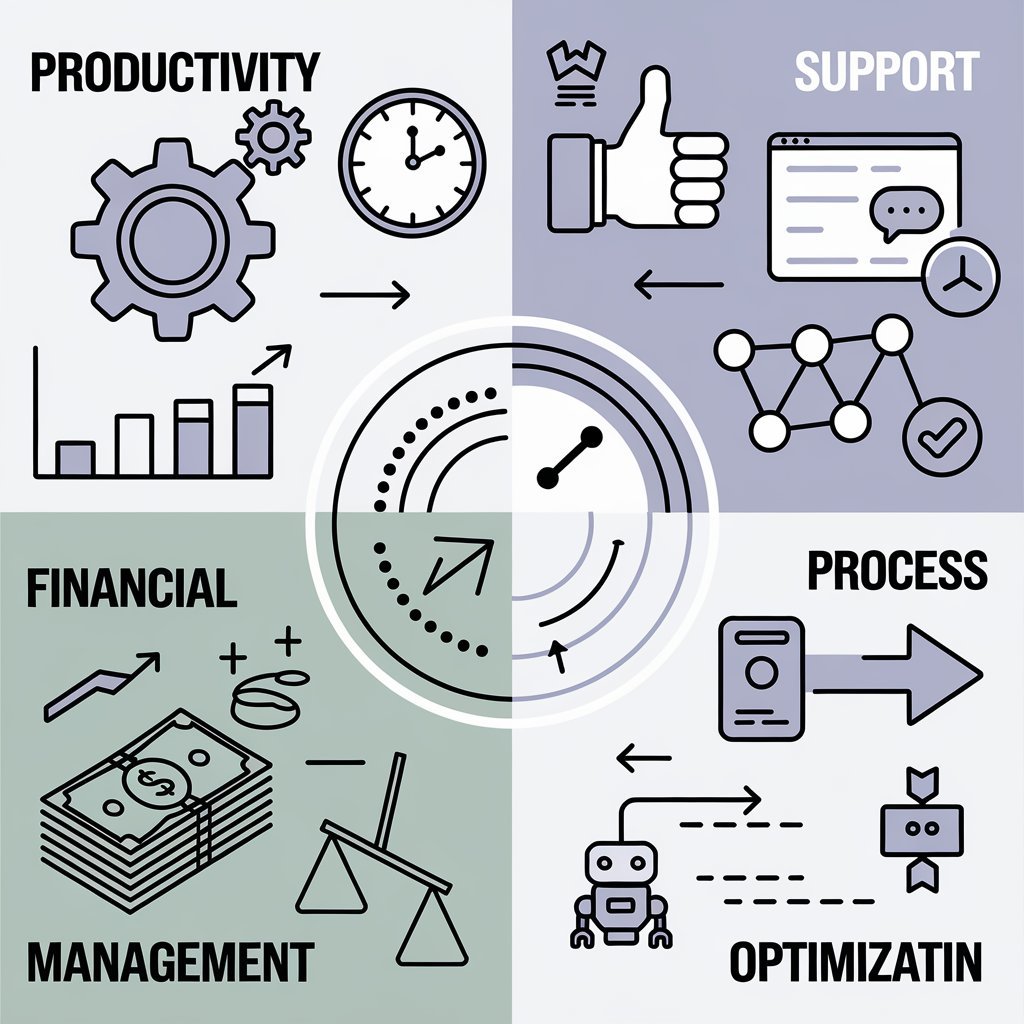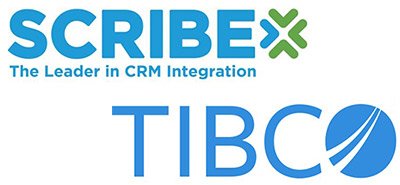In the ever-evolving business world, staying ahead of the competition requires more than just a great product or service. It demands a holistic approach that focuses on the key elements that drive success: productivity, support, financial management, and process optimization. These four pillars are the backbone of any thriving organization, enabling businesses to operate efficiently, adapt to challenges, and achieve long-term growth. Let’s delve into how each of these pillars plays a crucial role in shaping a successful business.
Productivity: The Engine of Growth
Productivity is the lifeblood of any business. It measures how efficiently your company can turn inputs into outputs goods, services, or ideas. In today’s fast-paced market, where time is money, maximizing productivity is essential for staying competitive.
To boost productivity, businesses must leverage technology, streamline workflows, and foster a culture of continuous improvement. Tools like project management software, automation, and AI-driven analytics can help teams work smarter, not harder. By eliminating bottlenecks, reducing redundant tasks, and encouraging collaboration, businesses can ensure resources are used to their fullest potential.
However, productivity isn’t just about working faster: working better. Encouraging employee well-being, providing training opportunities, and promoting a healthy work-life balance are all critical factors in maintaining a motivated and efficient workforce. When employees are empowered and engaged, their productivity naturally increases, leading to better outcomes for the business.
Support: The Foundation of Business Resilience
No business can thrive without a robust support system. This includes internal support for employees, as well as external support for customers. In both cases, the goal is to create an environment where challenges can be addressed quickly and effectively, minimizing disruptions and ensuring smooth operations.
Internally, businesses should have the right tools, resources, and guidance to help employees perform their roles effectively. This might involve offering IT support, access to professional development programs, or creating a supportive company culture where employees feel valued and heard. When employees know they have the backing of their organization, they’re more likely to take initiative and contribute positively to the company’s success.
Externally, customer support is a critical component of building and maintaining strong relationships with clients. Providing responsive, empathetic, and solutions-oriented customer service not only helps resolve issues but also enhances the overall customer experience. In an age where consumers have more choices, exceptional customer support can be the differentiator that keeps them recurring.
Financial Management: The Cornerstone of Stability
Financial management is the cornerstone of business stability. Without a clear understanding of where money is coming from and where it’s going, businesses can quickly find themselves in trouble. Effective financial management involves not only keeping accurate records but also making informed decisions about investments, expenses, and cash flow.
An organization can maintain its financial stability by using forecasting and budgeting. Businesses can stay within their means and prevent unanticipated shortfalls by setting clear financial goals and routinely evaluating performance against those goals. A safety net in uncertain economic times can also be established by prudent debt management and keeping a sizable cash reserve.
Another key aspect of financial management is optimizing revenue streams. This might involve exploring new markets, adjusting pricing strategies, or finding ways to upsell or cross-sell products and services. By continually seeking opportunities to increase profitability, businesses can ensure long-term sustainability.
Process Optimization: The Key to Efficiency
Process optimization is about refining and improving how work gets done within an organization. It involves analyzing existing processes, identifying inefficiencies, and implementing changes that make operations smoother, faster, and more cost-effective. In essence, it’s about doing more with less.
One of the most effective ways to optimize processes is through automation. By automating repetitive tasks, businesses can free up employees’ time to focus on higher-value activities. For example, automating invoicing, inventory management, or customer relationship management (CRM) can significantly reduce the workload on staff, improve accuracy, and speed up turnaround times.
Another important aspect of process optimization is standardization. By creating standardized procedures for common tasks, businesses can ensure consistency, reduce errors, and make it easier to onboard new employees. Standardization also allows for easier monitoring and improvement of processes over time.
Finally, continuous improvement is key to staying ahead in a competitive market. Businesses should regularly review and refine their processes, using data and feedback to identify areas for improvement. By fostering a culture of innovation and flexibility, companies can adapt to changing market conditions and operate at peak efficiency.
Final Thoughts: Building a Strong Business Foundation
In today’s dynamic business environment, success is built on a strong foundation of productivity, support, financial management, and process optimization. By focusing on these four pillars, businesses can create a resilient, efficient, and sustainable operation capable of weathering challenges and seizing opportunities.
Whether you’re a startup looking to establish a solid foundation or an established company aiming to refine your operations, paying attention to these key areas will put you on the path to long-term success. Remember, a business is only as strong as its weakest link, so invest in these pillars to ensure your organization is equipped to thrive in the competitive landscape.





